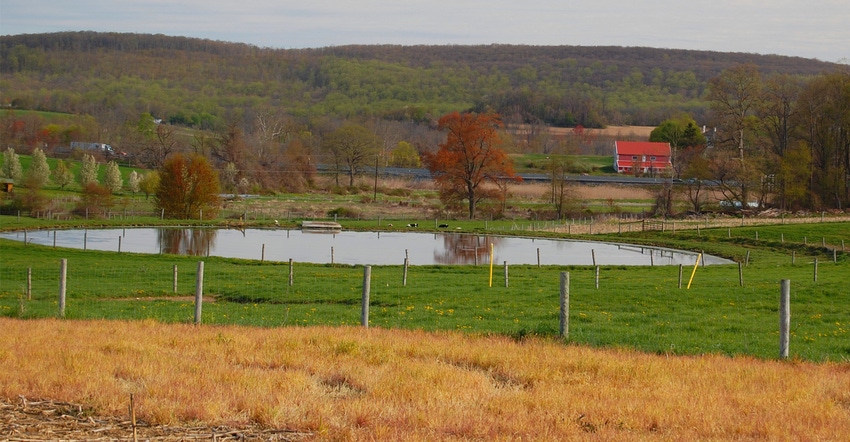December 16, 2016

After decades of condemning Pennsylvania farmers for not being environmentally responsible, U.S. EPA now has new documented contrary evidence to consider. A massive statewide survey verifies that farmers have done much to protect Chesapeake Bay water quality — at their own expenses.
That’s the bottom line of a water quality research study released in mid-December by Penn State's College of Agricultural Sciences. The study involved 6,782 farmers in 41 counties in the Chesapeake Bay watershed. Results are summarized below.
It’s the first comprehensive inventory of farmers' voluntary use of water quality best management practices. It was designed to document measures Pennsylvania farmers have taken on their own, without federal or state funding, to reduce nitrogen and sediment levels in local streams, rivers and lakes.
The results were also verified by more than 700 randomly selected farms in August. That verification component confirmed that farmers were accurate in their reporting, according to Matthew Royer, director of the Penn State Agriculture and Environment Center.
Missing data gap filled
Voluntary practices had not been previously documented and reported for credit, explains Royer. "The cumulative numbers of conservation practices on the ground are significant. Much conservation is being implemented by farmers outside of government cost-share programs.” Farmers have put a lot of their dollars and resources into conservation, “so they should get credit for that," he adds.
Each year, Pennsylvania Department of the Environment tracks ag conservation practices implemented to reduce pollution — those that are government-funded and reported by state and federal agencies. Then DEP reports the data to EPA and the Chesapeake Bay Program Partnership to document the commonwealth's progress toward improving local water quality and restoring the Chesapeake Bay.
Nevertheless, notes Royer, "it doesn't mean that agriculture as a whole, or all farmers, have implemented what they need to meet water quality goals. Clearly, more needs to be done."
The results were reported to the Chesapeake Bay Program's Agriculture Workgroup, which is expected to recommend that EPA incorporate the results as part of this documentation and verification effort.
The survey was developed collaboratively by Penn State, Pennsylvania Farm Bureau, PennAg Industries Association, Pennsylvania Farmers Union, Pennsylvania Association for Sustainable Agriculture, Professional Dairy Managers of Pennsylvania, the Pennsylvania Department of Agriculture, the Pennsylvania State Conservation Commission, the Pennsylvania Association of Conservation Districts and DEP.
Voluntary BMP practices in Pennsylvania
Here’s the verified count of voluntary BMPs covered out-of-pocket by farmers:
• nutrient and manure management: 475,800 acres
• enhanced nutrient management: 97,562 acres
• animal waste storage facilities: 2,164 units.
• barnyard runoff control: 2,106 systems
• erosion and sediment control plans: 55,073 acres
• conservation plans: 228,264 acres
• streambank fencing: More than 1.3 million linear feet
• grass riparian buffers: 1,757 acres
• forested riparian buffers: 5,808 acres
Source: Penn State Ag and Environment Center
About the Author(s)
You May Also Like




